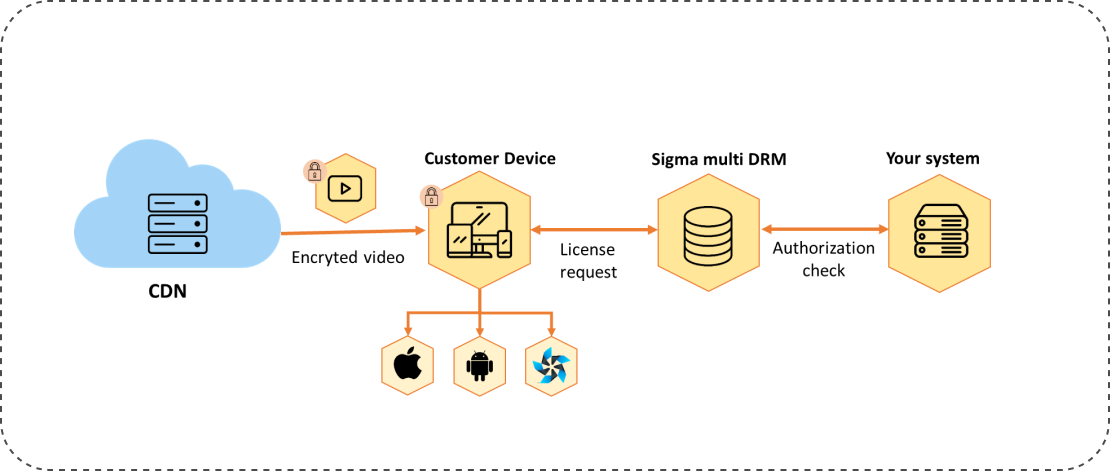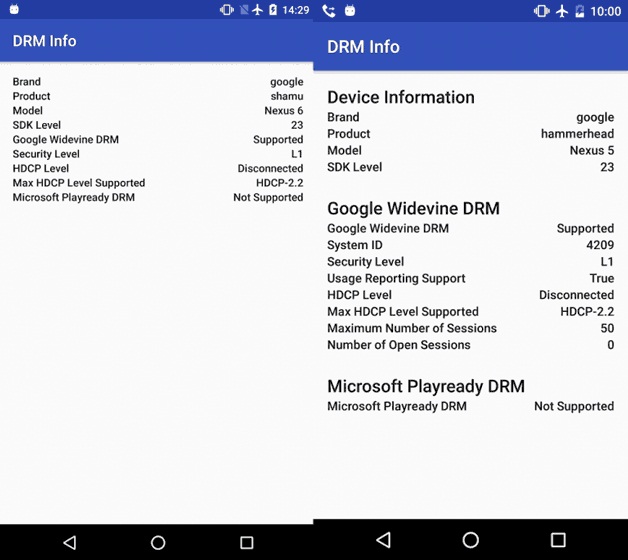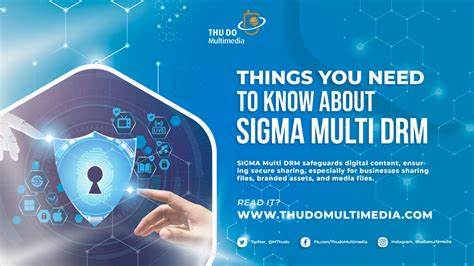Digital Rights Management (DRM) is a critical technology that shapes how we access and consume digital content. Within the Android ecosystem, DRM plays a pivotal role in protecting the intellectual property of creators while enabling secure content distribution. As the popularity of Android devices continues to grow, so does the importance of implementing effective DRM solutions. However, the challenge lies in balancing robust content protection with a seamless user experience. This article explores the significance of DRM Android, examining its benefits, drawbacks, and potential solutions to address user concerns while supporting content creators.
Briefly introduce DRM and DRM Android
Digital Rights Management (DRM) is a crucial technology that controls how digital content is accessed and distributed. On the Android platform, DRM ensures that digital media such as music, movies, and games are protected from unauthorized use, providing a secure environment for content creators and consumers alike.
DRM
DRM, or Digital Rights Management, is a system designed to prevent unauthorized use and distribution of digital content. This technology uses encryption, licensing, and other techniques to control access to digital media. DRM is essential in various industries, including music, film, and software, to protect creators’ intellectual property and maintain the integrity of their work.
Highlight the significance of DRM in the Android ecosystem
In the Android ecosystem, DRM is vital due to the platform’s open nature. With a wide range of devices and users, robust DRM systems help content providers protect their digital assets. DRM on Android ensures that users access content as intended, supports subscription and licensing models, and combats piracy effectively.

Read More: Explore How DRM Protects Content
Benefits of DRM on Android
Content Protection
DRM plays a pivotal role in safeguarding digital content like music, movies, and games from unauthorized distribution and piracy. By encrypting content and requiring proper authentication, DRM prevents illegal copying and sharing. This protection is crucial for content creators, as it ensures their intellectual property is not exploited without permission, providing them with the financial security needed to continue producing high-quality content.
For example, streaming services such as Netflix and Spotify use DRM to restrict access to their content, ensuring that only paying subscribers can view or listen. This system helps maintain the value of their service by preventing unauthorized sharing and distribution.
Secure Access Control
DRM allows content providers to control access to their offerings through various mechanisms. These include subscription models, regional licensing, and age restrictions, ensuring that users access content as intended.
Subscription models, like those used by Hulu and Amazon Prime, require users to pay for access to a library of content. Regional licensing restricts content availability based on geographical location, helping providers comply with different countries’ legal requirements. Age restrictions ensure that only appropriate audiences can access certain types of content, protecting younger users from unsuitable material.
By implementing these controls, DRM helps maintain the intended user experience and ensures that content is consumed in a controlled, legal manner.
Enhanced Revenue Streams
DRM-protected content enables creators to establish various licensing models, generating additional revenue streams beyond initial sales. Content providers can offer rental options, pay-per-view access, and subscription services, maximizing their profitability.
For instance, a movie studio might offer its films for rent through a streaming service or as part of a subscription package. This approach allows the studio to earn ongoing revenue from their content, rather than relying solely on one-time sales. DRM ensures that these models are enforced, preventing unauthorized access and distribution.
Supporting creators through DRM not only provides financial incentives for content production but also ensures a sustainable ecosystem where high-quality content continues to thrive.
Drawbacks of DRM on Android
Limited User Freedom
One significant criticism of DRM is that it can limit user freedom. DRM restrictions can prevent users from freely transferring or sharing their purchased content, leading to frustration. For example, users might find it difficult to transfer DRM-protected music or movies to different devices or face limitations on how they can use legally purchased content.
Technical Issues
DRM implementation can sometimes lead to technical issues that negatively impact the user experience. These issues might include playback problems, compatibility issues with certain devices, or difficulties accessing content due to DRM restrictions. Such technical challenges can be frustrating for users and detract from their overall enjoyment of the content.
Security Concerns
While DRM is designed to protect content, it can also introduce security vulnerabilities. Poorly implemented DRM systems can be exploited by hackers, leading to unauthorized access and distribution of protected content. Additionally, some DRM schemes require invasive software or hardware components, which can compromise user privacy and security.

Read More: DRM Software: A Boon for Content Creators, or a Bane for Users?
Introduce potential solutions to address these concerns
Open Communication
Encouraging open communication between content providers and device manufacturers is essential to address DRM limitations and user rights. Clear communication can help users understand the restrictions imposed by DRM and the reasons behind them. By being transparent about DRM policies, content providers can build trust with their users and reduce frustration related to DRM restrictions.
Alternative Security Measures
Exploring alternative security measures alongside DRM can provide additional protection for digital content. Techniques such as watermarking or serializing content can complement DRM by providing a means to track and identify unauthorized distribution. These measures can enhance content protection without imposing excessive restrictions on users.
User-Centric DRM Solutions
Developing user-centric DRM solutions that offer more flexibility can improve the user experience. For instance, allowing content transfer within reasonable limits or providing temporary offline access can make DRM-protected content more user-friendly. By balancing protection with user convenience, content providers can enhance satisfaction and reduce resistance to DRM.
Introduce Sigma Multi DRM for secure
Sigma Multi DRM provided by ThuDo Multimedia is an advanced solution addressing many concerns associated with traditional DRM systems. By supporting multiple DRM technologies and providing a unified interface for content protection, Sigma Multi DRM offers a comprehensive and flexible approach to securing digital content. This solution enables content providers to implement robust DRM policies while maintaining a positive user experience.
Conclusion
In conclusion, while DRM is essential for protecting digital content and supporting content creators, it is important to address the drawbacks and limitations that come with it. By encouraging open communication, exploring alternative security measures, and developing user-centric DRM solutions, the balance between content protection and user experience can be achieved. Sigma Multi DRM represents a promising advancement in this field, offering a secure and flexible solution for the Android ecosystem.


Recent Comments